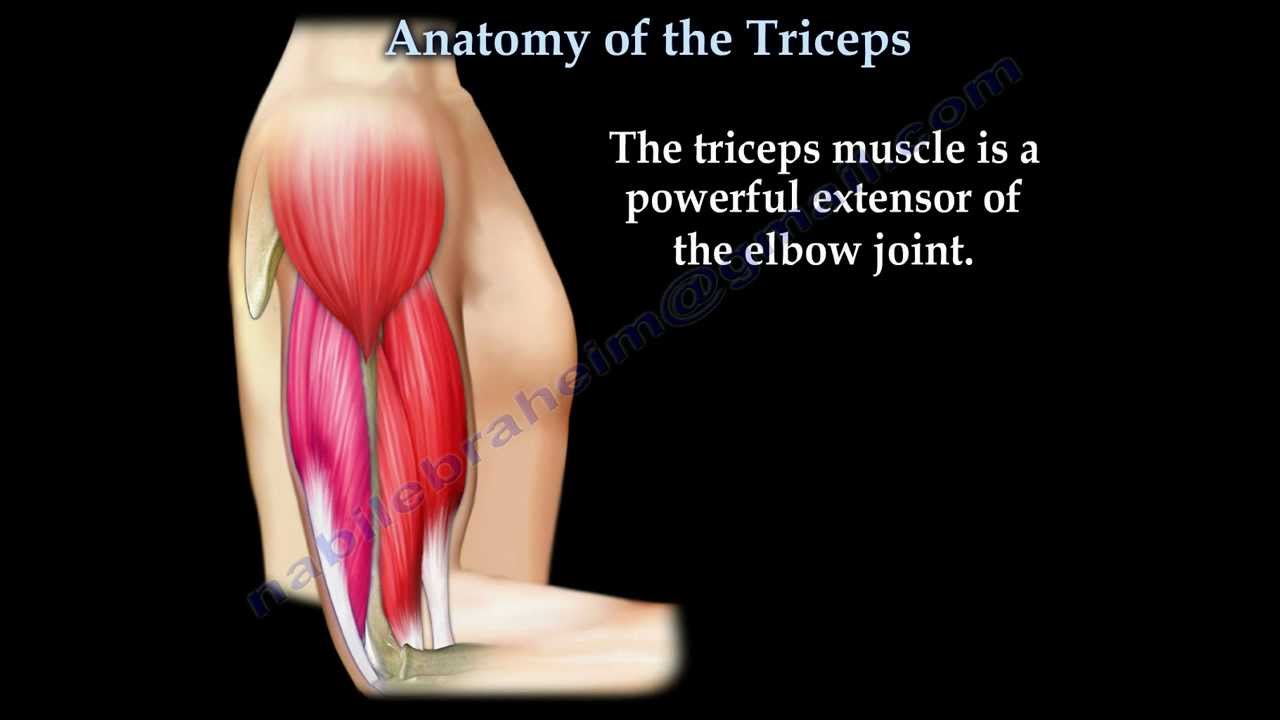
In the world of fitness, the triceps muscle often takes a backseat to its more glamorous counterpart, the biceps. However, this three-headed muscle located on the back of the upper arm is a powerhouse in its own right. From aesthetics to functional strength, the triceps play a crucial role in various movements and exercises. In this comprehensive exploration, we delve into the anatomy, function, training methods, and importance of the triceps muscle in achieving overall fitness goals.
Anatomy of the Triceps:
The triceps brachii, as it’s scientifically termed, consists of three heads: the long head, lateral head, and medial head. These heads originate from different points on the scapula and upper arm bones and converge into a single tendon that attaches to the elbow. The long head originates from the scapula, the lateral head from the humerus, and the medial head also from the humerus, just below the lateral head. This arrangement allows the triceps to perform various functions, including elbow extension and shoulder extension when the arm is overhead.
Function of the Triceps Muscle:
The primary function of the triceps muscle is elbow extension, which involves straightening the arm from a bent position. This action is crucial in numerous daily activities, such as pushing objects away, lifting weights, and performing various sports movements. Additionally, the long head of the triceps also assists in shoulder extension, contributing to movements like overhead presses and throwing motions.
Importance of Triceps in Fitness:
While the biceps are often emphasized for their aesthetic appeal, neglecting the triceps can lead to muscular imbalances and compromised performance. Strong triceps are essential for enhancing overall arm strength, improving pushing exercises like bench presses, dips, and overhead presses, and stabilizing the shoulder joint during upper body movements. Furthermore, well-developed triceps can contribute to better performance in sports activities that involve throwing, punching, or pushing motions.
Training the Triceps:
Effective triceps training involves a combination of compound and isolation exercises targeting all three heads of the muscle. Compound movements such as bench presses, push-ups, and dips engage the triceps along with other muscle groups, providing overall arm strength and stability. Isolation exercises like triceps extensions, skull crushers, and cable pushdowns specifically target the triceps, allowing for focused muscle development and definition.
When designing a triceps-focused workout routine, it’s essential to include a variety of exercises that target each head of the muscle from different angles. This ensures balanced development and minimizes the risk of overuse injuries. Additionally, progressive overload, proper form, and adequate rest are crucial factors for maximizing triceps growth and strength gains.
Common Mistakes and Injury Prevention:
One common mistake in triceps training is using excessive weight, leading to compromised form and increased risk of injury. It’s essential to prioritize proper technique over lifting heavy weights to prevent strain on the elbows and shoulders. Additionally, neglecting mobility and flexibility exercises can contribute to muscle imbalances and restricted range of motion, increasing the likelihood of injury during triceps training.
Incorporating dynamic stretches, foam rolling, and mobility drills into your warm-up routine can help prepare the muscles and joints for the demands of triceps exercises. Furthermore, listening to your body, avoiding overtraining, and allowing for adequate recovery between workouts are essential practices for injury prevention and long-term triceps health.
The Triceps in Sports Performance:
In sports and athletic endeavors, strong triceps play a vital role in generating power, stabilizing the upper body, and facilitating explosive movements. Athletes in sports such as baseball, basketball, football, and martial arts rely on well-developed triceps for throwing, shooting, tackling, and striking actions. Incorporating triceps-specific exercises and functional movements into sports training programs can enhance performance and reduce the risk of injuries related to overuse or weakness in the triceps muscles.
Conclusion:
The triceps muscle is a multifaceted powerhouse that deserves attention and respect in any fitness regimen. From its anatomical complexity to its functional significance in daily activities and sports performance, the triceps play a crucial role in achieving overall strength, stability, and aesthetic appeal. By understanding its anatomy, function, and proper training techniques, individuals can unlock the full potential of their triceps and reap the benefits of improved arm strength, performance, and injury resilience. So, next time you hit the gym or engage in physical activity, remember to give your triceps the attention they deserve for a balanced and functional physique.